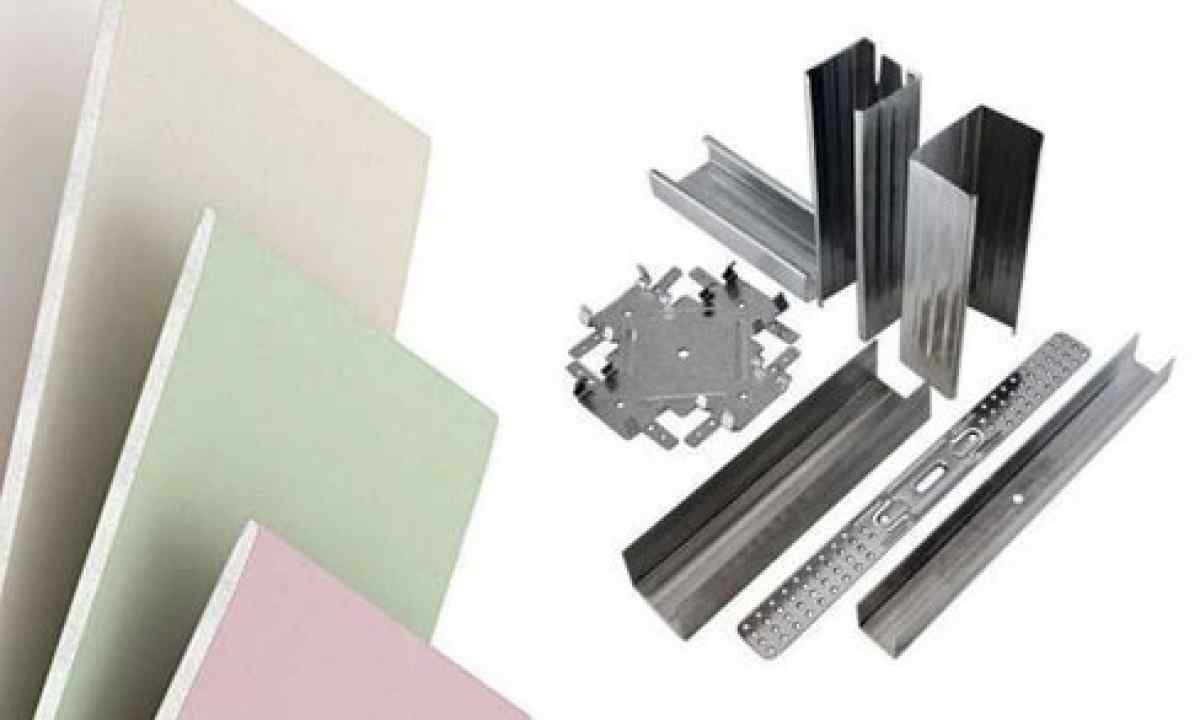Light and strong gypsum cardboard is used for many types of finishing work: they can revet walls, from it it is possible to create partitions, to construct false ceilings. For any work with this material it is necessary to create framework from special profiles on which sheets fasten.
Profiles for gypsum cardboard represent the fixing and directing elements which serve as framework for design. As a rule, profiles are made of metal, most often of galvanized steel – strong and light material. It is possible to do in work with gypsum cardboard without profiles if it is necessary to oblitsovat wall – rather simply to paste sheets to surface, but in that case the quality of works will wish the best, guides allow to achieve ideally plain surface, stiffen design.
Types of profiles for gypsum cardboard
There are several different types of profiles for gypsum cardboard, their variety and various scopes of application can confuse beginners. For the main works with this material it is enough to have idea of several main types of profiles. These are guides for framework with the standard depth of 40 millimeters and various width, from 50 to 100 millimeters. They can be used for different types of works, including finishing of walls or ceiling.
There are special ceiling guides which are intended for the device of design of false ceilings. Ceiling profiles are applied to them, they can fasten anchors or direct suspension to ceiling and create the finished framework for gypsum cardboard fastening. For wall decoration and creation of plasterboard partitions use wall or rack-mount profiles which are fixed in the directing rails. The price of all these elements depends on their width and material of which they are made.
Angle sections serve for alignment of corners, as disk-seal – for alignment of wall.
Fastening elements for gypsum cardboard
The metal framework fastens to wall or other surface by means of special fastening elements. Most often use dowels from polymeric materials or metal. It is possible to use direct suspension, they are established on the marked lines with step about 60 cm. Also it can be crab connectors, anchor clamps, two-level connectors, self-carved screws, screws. The choice of suitable fixture depends on type of works – for example, at the device of false ceiling use single-level "crab" connectors, they allow to establish sheets at one level.
If the ceiling has length more than four meters, then it is necessary to use the extender.
Sometimes instead of these elements for fastening of profiles use pieces of the same guides, bend them in the form of letter "G" and fix on wall by dowels, and by means of self-tapping screws on them fasten framework. Skilled masters say that it is the most rigid construction.

